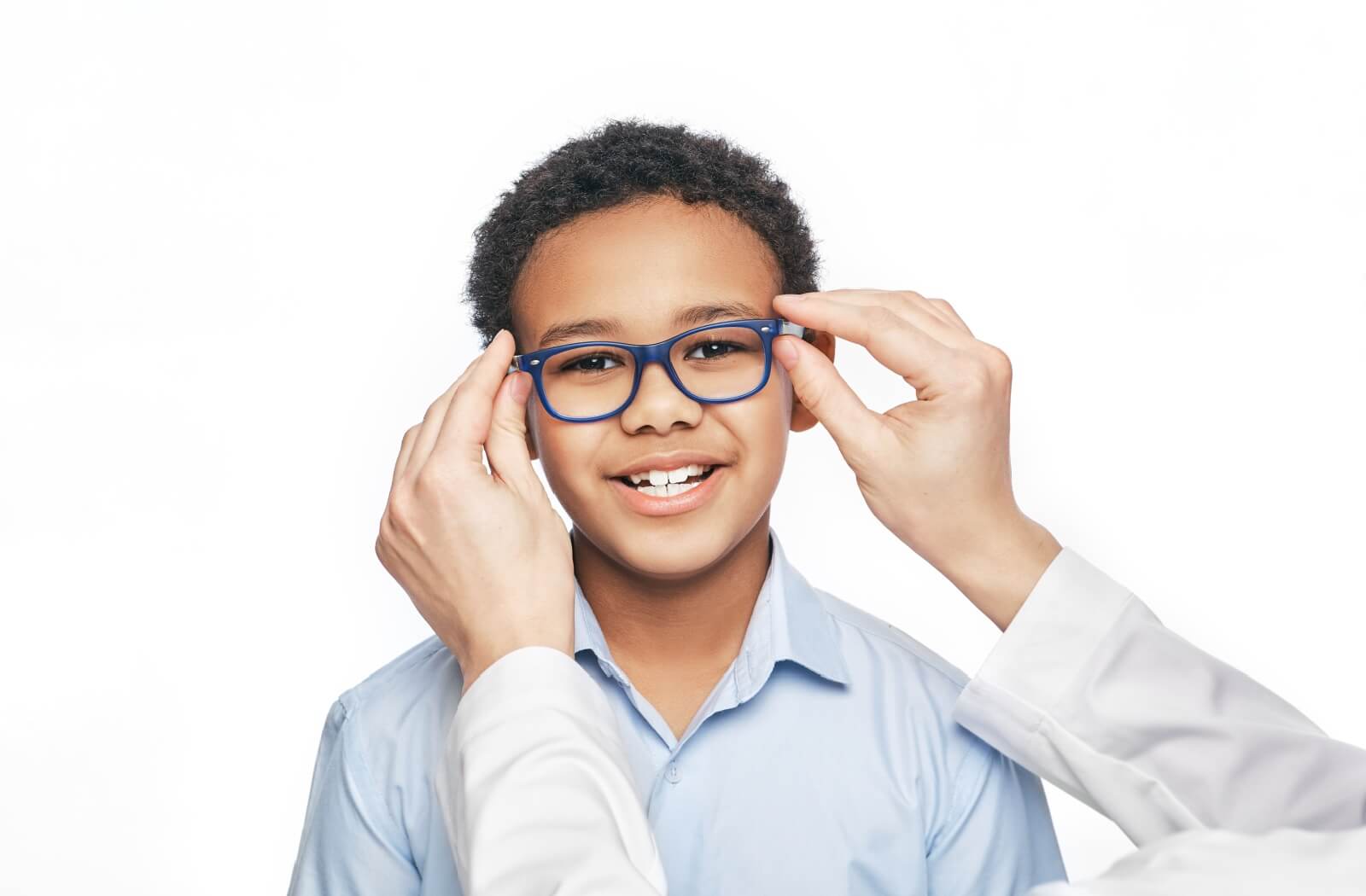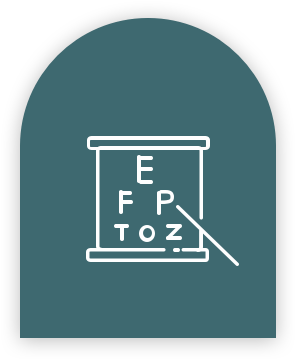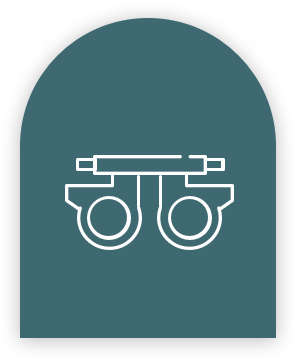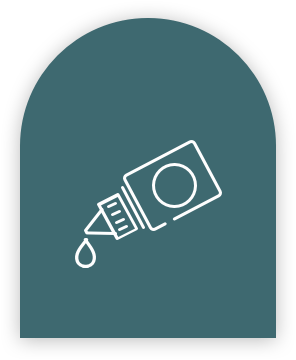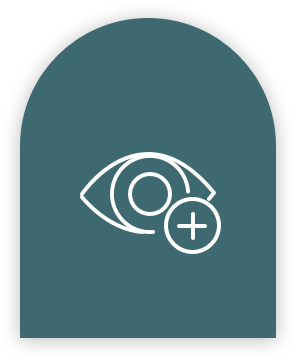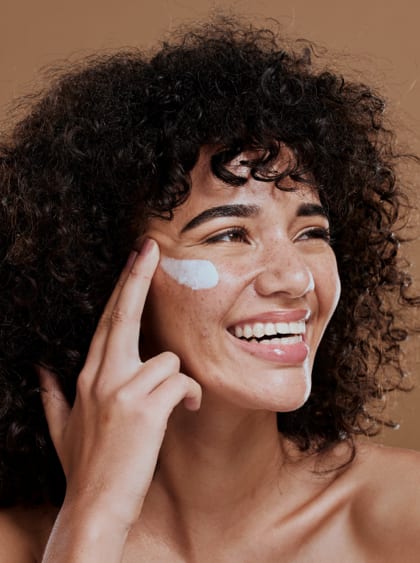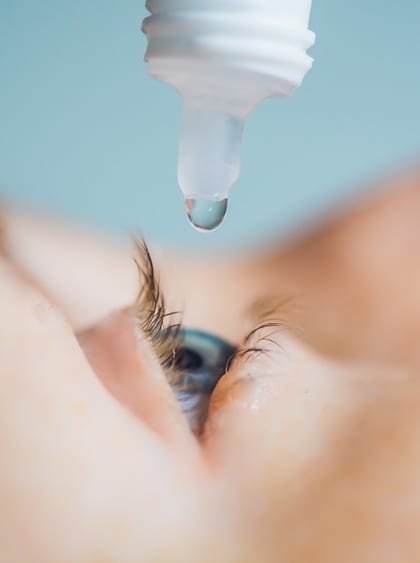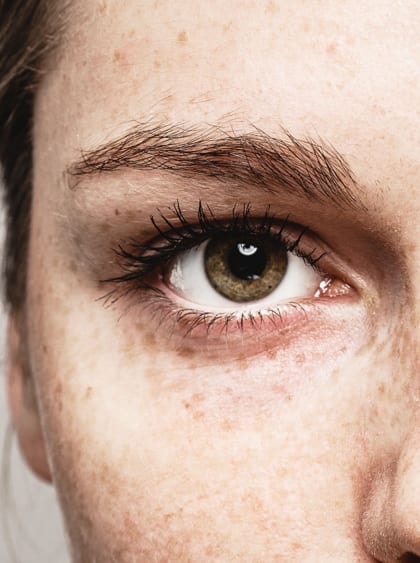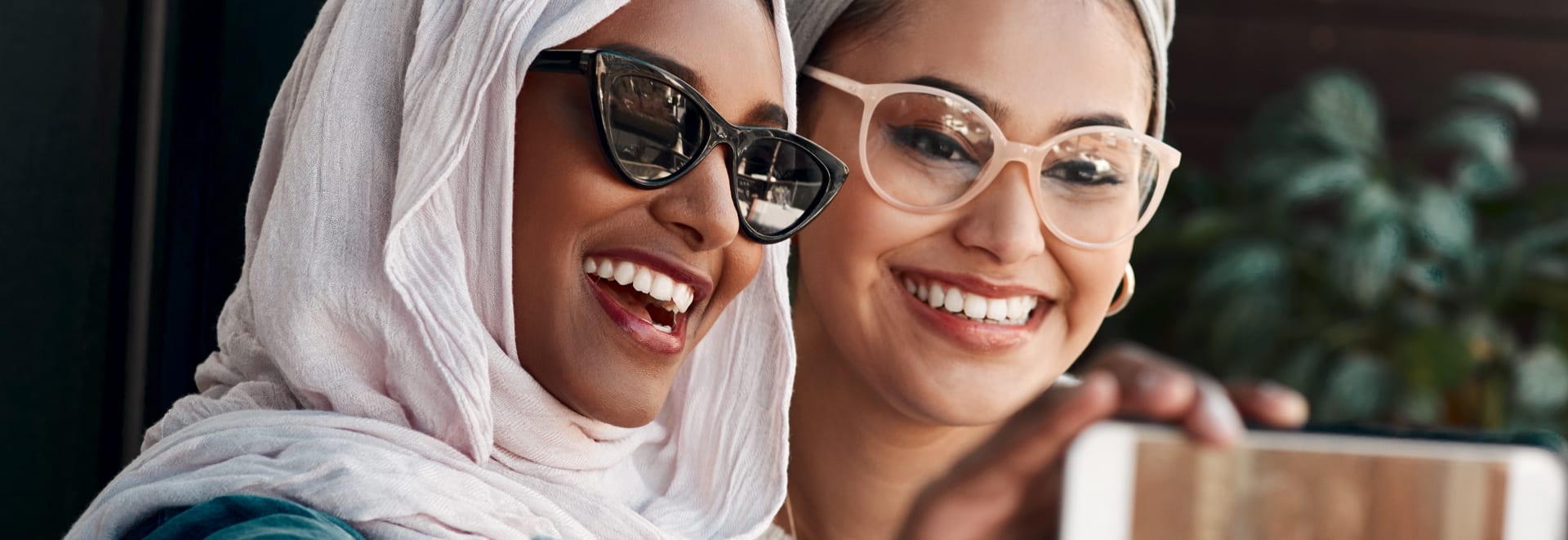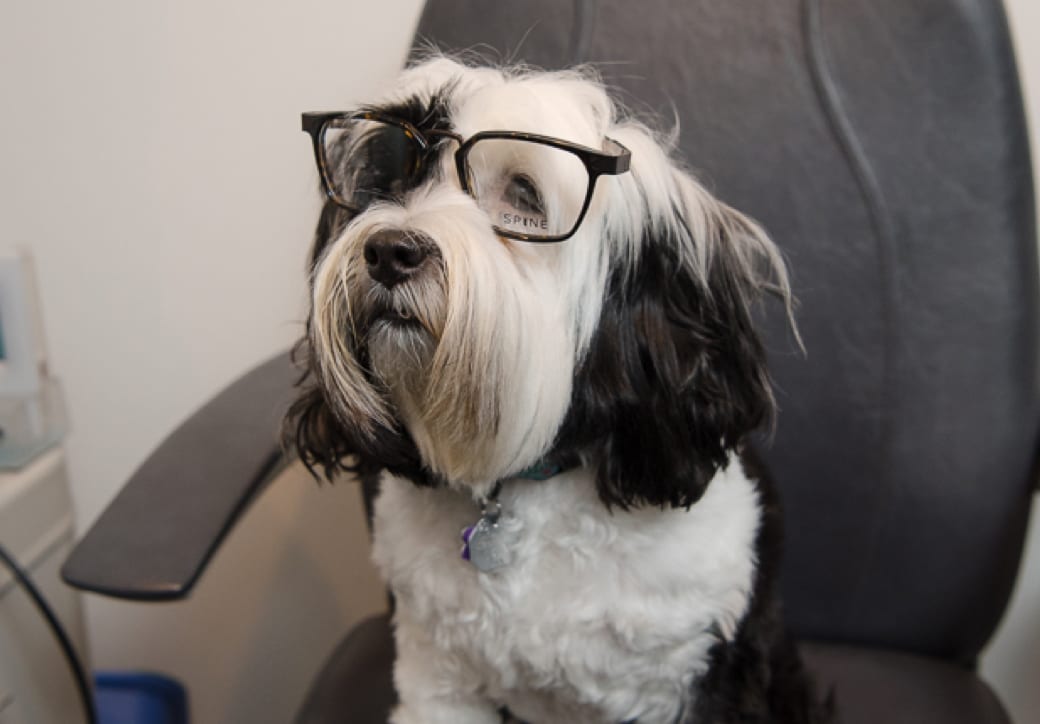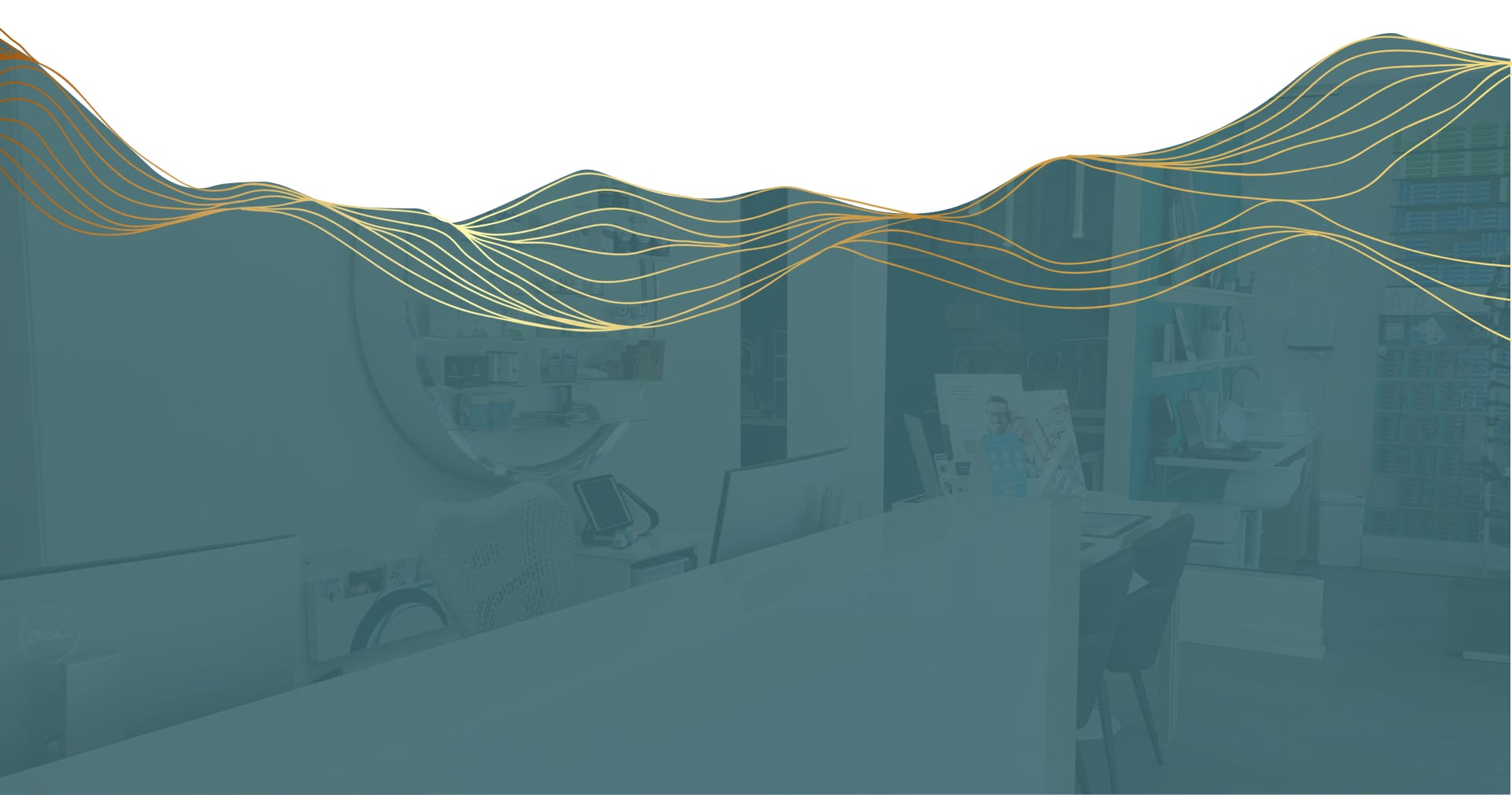Myopia is an extremely common vision condition. It typically develops in early school age, and the symptoms worsen over the years before usually stabilizing in early adulthood. While most people end up with prescription lenses, there’s another element that many people don’t know about—myopia control.
Myopia control involves the use of specialty eyeglasses or contact lenses that can slow how myopia progresses. This helps preserve more of your child’s vision in the long run, giving them a reduced risk of problems later in life. However, these eyeglasses and contacts each have their own pros and cons, so it’s crucial to listen to your optometrist so you can make the right choice for your child.
What Is Myopia?
Myopia is an extremely common refractive error that affects more than 30% of Canadians. It causes nearby objects to appear clearly, but become blurrier the further they are from the eye.
This is due to how the eye develops through adolescence. Normally, the eye is round, refracting light properly through the clear front lens to reach the retina. But with myopia, the eye either grows too long or the cornea is too steep. This means light can’t focus where it needs to, and things quickly become blurrier. Because of how it affects your vision, myopia is often referred to as “nearsightedness.”
Myopia is a progressive condition. It begins to develop around the age of 6-14 or so and continues to worsen over the years before stabilizing in early adulthood. However, it isn’t just about blurry vision.
Risks of High Myopia
Because myopia causes the eye to elongate, it can begin putting strain on the physical structures of the eye itself. As the eye elongates, these structures can weaken, increasing the risk of certain eye conditions later in life.
High myopia puts a child at risk of:
- Retinal detachment
- Glaucoma
- Cataracts
- Macular degeneration
This is why it’s so essential to intervene sooner rather than later if you think your child has myopia. But how?
What Is Myopia Control?
If you suspect your child is developing vision issues, your first step should be to visit our team at MEye Health. We can examine your child’s eyes to determine whether or not they’re at risk of myopia, and then we can discuss myopia control.
Myopia control refers to a group of targeted, non-invasive strategies designed to slow how far a child’s myopia progresses, all while providing clear vision in their everyday life. The goal isn’t just to help them see—it’s about lowering the risk of other conditions later in life.
There are 2 key approaches to myopia control: specialty eyeglasses and contact lenses.
Eyeglasses for Myopia Control
Normally, eyeglasses are a convenient method of treating myopia. They change how light enters the eye by accommodating the natural shape of the eye with a corrective lens. However, for myopia control in children, specialty lenses are needed.
There are several brands and options for myopia control lenses, but they all work in a similar manner. They incorporate a special technology into the lens that forces some light to reach the retina while other light reaches different areas throughout the eye.
This forces a state of defocus in the eye. While your child can still see clearly, they won’t be able to see as clearly at different distances without some effort on their part. This forces the eye to work harder to take in certain light, slowing how far it elongates and reducing myopia progression.
Contact Lenses for Myopia Control
Contact lenses are another option for myopia control in children. There are 2 main types of contact lenses used:
- Orthokeratology, or ortho-k
- Multifocal lenses
Orthokeratology Lenses
Ortho-k involves wearing specialized rigid gas-permeable lenses while you sleep. These lenses apply gentle amounts of pressure to the edges of the cornea, slowly reshaping it while your child sleeps. Then, once removed, your child will have clear vision throughout the day without needing other types of vision correction. These results are temporary, and over the course of the day, your child’s eyes will revert to normal.
Multifocal Contact Lenses
Multifocal contact lenses are worn throughout the day. These specialty lenses incorporate multiple prescriptions into a single lens, allowing for clear vision at different distances while still slowing myopia progression. These force a state of periphery defocus to allow for clearer central vision while signalling the eye that it should slow the elongation of the eyeball.
The Pros & Cons of Each
Though myopia control can be effective, it’s important to note that your experience may vary. It’s always crucial to listen to your optometrist’s advice when it comes to any kind of treatment. Both eyeglasses and contact lenses have their own pros and cons, so it’s important to properly understand your options.
Eyeglasses
The pros of eyeglasses include:
- They’re easy to use and require minimal maintenance.
- There’s no risk of eye infections associated with improper handling or contamination.
- They’re durable and can last for a long time with proper care.
- They’re often more cost-effective than contact lenses in the long term.
However, this doesn’t mean they’re a universal solution. They can occasionally have drawbacks, such as:
- Physical limitations, as they can easily fall off the face, become damaged, or get lost.
- A smaller field of vision, as there will always be space around the edges of the lenses.
- Aesthetic concerns, as some children may feel self-conscious about eyeglasses.
Contact Lenses
The pros of contact lenses include:
- They provide a wider field of vision.
- They’re much harder to lose or damage.
- They don’t affect a person’s appearance.
However, contact lenses also have their cons:
- They require diligent, daily maintenance to avoid eye infections.
- They can be more expensive over time, given the need for regular replacements and cleaning solutions.
- They can be uncomfortable for some children, especially when first adjusting to wearing them.
- They have a higher risk of being lost while being handled.
To choose between eyeglasses or contact lenses, talk with your optometrist. They’ll be able to help you make an informed decision so you can help preserve more of your child’s vision.
Learn More About Myopia Control
At MEye Health, we know how important it is for your child to have clear vision. If you think your child is developing a vision problem, contact our team; we can work closely with your family to find the right solution. Schedule an appointment with us today, and let’s work together to give your child a bright, clear future!


